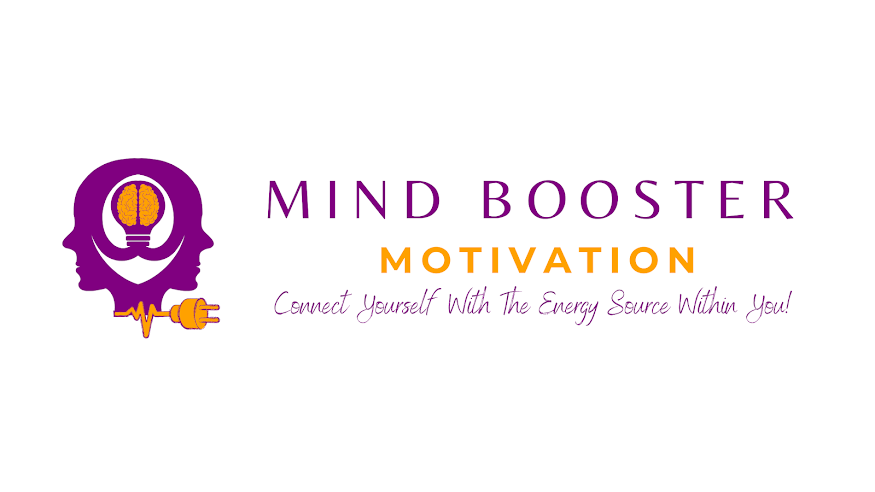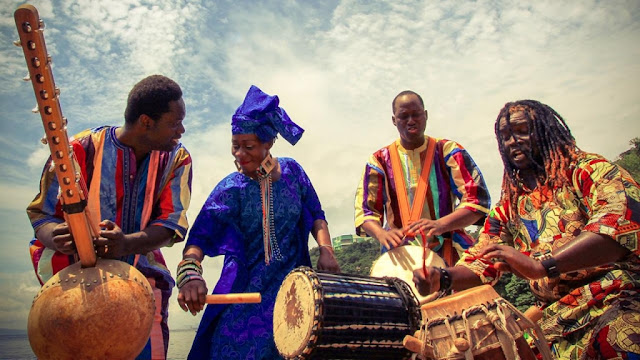From Pain to Power: The Tale of Transformation of the Chicago Champion
In a certain location at the core of the South Side of Chicago, where the reverberations of adversity resonate through the streets, a young man named Marcus sought solace in a philosophy that has echoed throughout history: "No pain, no gain." In a neighborhood plagued by gang violence and despair, Marcus discovered solace and strength in the transformative power of hard work and perseverance.
Growing up amidst the challenges of the South Side, Marcus bore witness to the pervasive influence of gangs and violence. Many succumbed to the harsh realities of their environment, but Marcus harbored an intense desire for something greater a life beyond the limitations of his surroundings.
The motto "No pain, no gain" became his guiding principle. He comprehended that the attainment of worthwhile goals necessitated sacrifices and resilience. For Marcus, this philosophy became a beacon of hope, a reminder that enduring discomfort could lead to a brighter future.
Marcus's journey commenced in the makeshift gym of his local community center. With limited resources but boundless determination, he embarked on a rigorous regimen of exercise and bodybuilding. The weights became not only instruments of physical strength but also tools for mental fortitude. Each drop of sweat, each strained muscle, served as a testament to his commitment to rise above the challenges that threatened to define his destiny.
As Marcus sculpted his physique, he discovered an escape from the pervasive violence that haunted his neighborhood. The gym became his sanctuary, a place where the echoes of gunshots were drowned out by the rhythmic clanging of weights. The discipline demanded by his workouts translated into discipline in his life, aiding him in resisting the allure of the streets.
Embracing the philosophy of "No pain, no gain," Marcus transformed himself into a champion. His physical strength mirrored the inner strength that enabled him to overcome the adversities of his environment. The very pain he endured in the gym became the source of his gain—a gain that extended beyond the boundaries of his own life.
With his newfound strength and resilience, Marcus endeavored to create a ripple effect in his community. He established his own gym, not merely as a place for physical fitness, but as a haven for those seeking refuge from the streets. The gym became a symbol of hope, a sanctuary where young people could channel their energy into positive pursuits.
In the era of social media, Marcus's story resonated far beyond the streets of Chicago. His journey became a Twitter post, a Facebook description, an Instagram caption, and a YouTube video. The philosophy of "No pain, no gain" reverberated in every retweet, like, and share, inspiring individuals worldwide to confront their challenges head-on.
Betty Wright's timeless anthem, "No Pain, No Gain," became the soundtrack to Marcus's story. The lyrics resonated with the battles he faced and the victories he achieved. The motivational boost embedded in those words fueled not only his physical workouts but also his mental resilience.
As news of Marcus's gym spread, the community rallied behind his cause. The gym became a hub for empowerment, a place where young people could rewrite their narratives and embrace the philosophy that had transformed Marcus's life. Together, they forged a brotherhood and sisterhood rooted in shared pain and collective gain.
The impact of Marcus's endeavor extended beyond the gym walls. It caught the attention of community leaders, activists, and influencers who recognized the potential for change within the philosophy of "No pain, no gain." They collaborated to provide resources, mentorship, and opportunities for the young individuals seeking refuge in Marcus's sanctuary.
In the face of adversity, Marcus emerged not only as a champion of the gym but as a champion of his community. The South Side of Chicago witnessed a transformation, as young people redirected their pain into gain, their struggles into strength. The narrative of escape from violence through exercise became a powerful story of resilience, empowerment, and triumph.
"No pain, no gain" ceased to be a mere exercise motto; it became a mantra for change, a rallying cry for those yearning for a way out. Marcus's journey embodied the philosophy in every sense, proving that the willingness to endure pain could indeed pave the way for unparalleled gain.
In the end, as the echoes of gunshots faded, the rhythmic clanging of weights continued in the gym Marcus had built. It stood not only as a physical space but as a testament to the philosophy that had transformed a young man's life and, in turn, an entire community.







Comments
Post a Comment